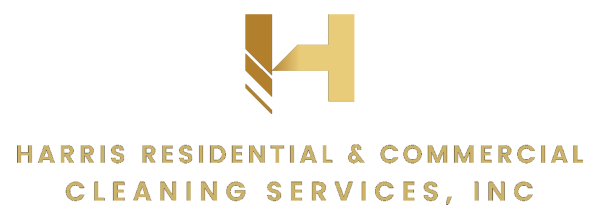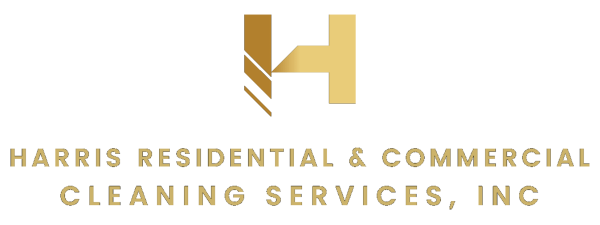
In the intricate web of governmental operations, a realm is often overlooked yet indispensable: Government Cleaning. Veiled behind the curtains of bureaucracy, this essential function silently ensures the smooth functioning of public spaces and facilities. But what lies beneath this seemingly mundane task? What are the intricacies, the challenges, and the untold stories of those undertaking this vital duty? In “Government Cleaning Unmasked: Behind the Scenes,” we delve into the shadows of this often-overlooked sector.
From the bustling corridors of power to the remote corners of municipal buildings, we uncover the meticulous efforts, the unsung heroes, and the complexities that define government cleaning. Join us as we peel back the layers, revealing a world where cleanliness isn’t just a superficial necessity but a cornerstone of governance.
The Unsung Heroes: Meet the Faces Behind Government Cleaning
Behind every polished surface and pristine public space lies a team of unsung heroes—the dedicated individuals who work tirelessly to ensure cleanliness in government facilities. These often overlooked individuals form the backbone of government cleaning operations, from janitors to sanitation workers.
Their daily tasks go far beyond mere sweeping and mopping; they are custodians of hygiene and guardians of public health. Despite the essential nature of their work, they often labor in anonymity, their contributions overshadowed by the glamor of other governmental roles. Yet, their commitment and diligence remain unwavering, silently shaping the environments in which we live, work, and govern.
Beyond the Surface: Understanding the Complexity of Government Cleaning
Government cleaning extends far beyond the superficial task of tidying up public spaces. It involves intricate processes, strategic planning, and adherence to strict regulations to ensure cleanliness and hygiene standards are maintained. Here’s a closer look at the complexity behind government cleaning:
- Strategic Planning: Government cleaning requires careful planning to allocate resources efficiently and effectively manage vast facilities.
- Compliance with Regulations: Adherence to regulations and guidelines is crucial to maintaining cleanliness and safeguarding public health.
- Specialized Equipment and Chemicals: Navigating specialized equipment and chemicals is essential for optimal cleaning results.
- Diverse Needs and Preferences: Government cleaning must accommodate diverse needs and preferences to ensure inclusivity in accessing clean public spaces.
- Balancing Efficiency and Inclusivity: Finding the balance between efficiency and inclusivity is critical to meeting evolving demands and expectations.
Understanding the complexity of government cleaning is essential for appreciating its vital role in upholding societal standards of health and hygiene.
Challenges in the Shadows: Obstacles Faced by Government Cleaning Personnel
While the importance of their work cannot be overstated, government cleaning personnel encounter many challenges in their daily duties. From budget constraints to staffing shortages, they must navigate a landscape fraught with obstacles that threaten to compromise the quality of their services. Moreover, their work often exposes them to health risks and hazardous materials, necessitating stringent safety protocols and training.
Additionally, they must contend with the constant pressure to maintain cleanliness standards amidst ever-evolving demands and expectations. Despite these challenges, their resilience and dedication remain unwavering as they continue to uphold their commitment to public health and sanitation.
Maintaining Standards: The Importance of Regulations and Guidelines
Adherence to regulations and guidelines is paramount in government cleaning. These standards serve as the bedrock upon which cleanliness and hygiene are built, ensuring consistency and accountability across all levels of government facilities. From sanitation protocols to waste management practices, regulations provide a framework for maintaining cleanliness while safeguarding the well-being of both workers and the public.
Furthermore, adherence to these standards fosters trust and confidence in governmental institutions, demonstrating a commitment to excellence and professionalism in all operations. By upholding these regulations, government cleaning services not only meet citizens’ expectations but also contribute to society’s overall health and prosperity.
Environmental Impact: Sustainability Efforts in Government Cleaning Practices
In an era of growing environmental awareness, sustainability has become a critical priority in government cleaning practices. From reducing water consumption to implementing eco-friendly cleaning products, efforts are underway to minimize the environmental footprint of cleaning operations. Moreover, initiatives such as recycling programs and energy-efficient equipment aim to mitigate the impact of government further cleaning on the planet.
By embracing sustainable practices, government cleaning services contribute to environmental conservation and set an example for other sectors to follow. Ultimately, prioritizing sustainability ensures that government cleaning remains aligned with broader efforts to build a greener, more sustainable future for future generations.
Future Trends: Innovations Shaping the Future of Government Cleaning
Innovations are poised to reshape the landscape of government cleaning, ushering in a new era of efficiency, sustainability, and effectiveness.
- Robotics: Autonomous cleaning robots equipped with AI and sensors streamline cleaning processes, reduce labor costs, and improve efficiency.
- Smart Sensors: IoT-enabled sensors monitor cleanliness levels in real time, enabling proactive cleaning interventions and resource optimization.
- Green Cleaning Products: Environmentally friendly cleaning agents and materials are gaining traction, minimizing environmental impact without compromising effectiveness.
- Data Analytics: Advanced analytics platforms analyze cleaning data to identify trends, optimize schedules, and enhance performance.
- Biotechnology: Bio-based cleaning solutions harness the power of natural enzymes and microbes to break down dirt and stains, offering eco-friendly alternatives to traditional cleaning methods.
As we embrace these innovations, the future of government cleaning looks brighter than ever. By staying at the forefront of technological advancements and sustainability practices, cleaning services can continue to meet the evolving needs of citizens while contributing to a cleaner, healthier planet.
The importance of government cleaning and the dedication of those behind it cannot be overstated. From the unsung heroes who tirelessly maintain cleanliness to the complex systems and challenges they face, it’s evident that their role is indispensable to our communities. As we navigate the complexities of maintaining standards and addressing environmental impacts, it’s crucial to recognize and support the efforts of government cleaning personnel.
We understand the significance of cleanliness and offer over 20 years of professional experience in providing top-notch cleaning services across four locations in North Carolina, including Topsail, Surf City, Richlands, and Jacksonville. Contact us at 910-333-3231 to experience our commitment to cleanliness and excellence firsthand. Let’s continue to support and appreciate the vital work of government cleaning professionals as they shape the environments in which we live, work, and govern.

